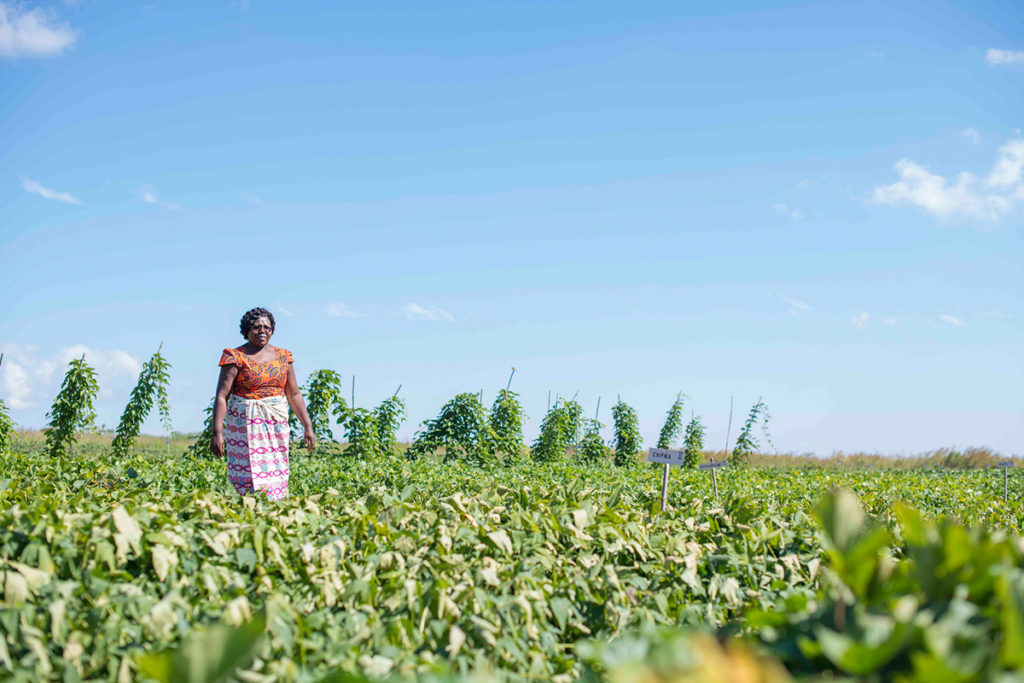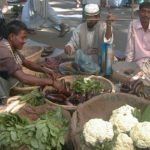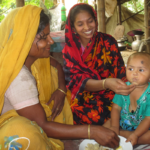My previous post, which highlights how integrating nutrition into antenatal care can have a positive impact on household food security, got me thinking about how nutrition and food security interventions incorporate gender components into their programs. I decided to explore the topic further, and in my pursuit, I stumbled upon the article, “Does providing agricultural and nutrition information to both men and women improve household food security? Evidence from Malawi” (2019), which discusses how gender affects the different pathways from agriculture to food security.
What research questions does the study answer?
In this study, Ragasa et al. compare household food security status across male-headed households, female-headed households, and dual-headed households, and identify the determinants of food security by these household types. The researchers also explore differences in access to nutrition and agriculture education among these gendered household types, and how they impact household food security.
You’re probably wondering (as was I) – how do you answer so many different questions in one paper? Well to do this, the researchers used the mixed-method Q-squared approach, where both qualitative and quantitative methods are used separately, but intentionally timed to create a process of “sequential mixing”. I had never heard of this approach but could see its appeal – the researchers uncover some incredibly rich data with this method!
What methods are used?
Ragasa et al. first collected their quantitative data (August–October 2016), which include measures of food security (e.g., scores for household food insecurity access, dietary diversity, and food consumption) and gender gaps (e.g., access to nutrition and agriculture knowledge, participation in community processes, and technology adoption by the main female and male adult). Keeping in mind a goal of “sequential mixing”, the researchers then conducted 22 focus group discussions (January–February 2017) with different gendered household types. The focus groups answered questions like who attends trainings and receives information as well as how information is shared and applied within the household.
The researchers used descriptive analysis, bivariate analysis, and multivariate regression to describe household food security status per gendered household typology. Informed by early analysis of the quantitative data, the researchers developed an a priori coding schema to analyze the qualitative data.
What makes this study novel?
Ragasa et. al provide a few ways in which their study uniquely contributes to the literature on gender and food security. Below, I discuss one such novel aspect of their article in detail.
While previous studies have commonly compared female-headed households and male-headed households to explore the role of gender equality in food security, Ragasa et al. take a novel approach by applying what they call a “gendered typology of households”. They differentiate households into three groups: dual-headed (both male and female adults), sole male-headed, and sole female-headed. Using this typology has important implications.
First, the typology diverges from the traditional comparison between female-headed households and male-headed houses. By also including dual-headed households, Ragasa et al. are able to see how males and females within a household (each or both) contribute to food security. The researchers also point out that the use of the female-headed and male-headed dichotomy in gender targeting programs can potentially be problematic. For example, Buvinić and Rao Gupta (1997) discuss how targeting single mothers for benefits and services can have the unintentional consequence of encouraging single motherhood.
Second, it reveals specific gender-based constraints to food security, allowing for the development of differentiated (rather than blanket) strategies to improving household food security. By using this typology, Ragasa et al. paint a more detailed and nuanced picture of food insecurity experiences across different households. Not only did the researchers find that different households have different experiences of food insecurity, but that they also benefit from different types of information and knowledge.
The findings in this article on dual-headed households are particularly illuminating (spoiler alert: everything’s better together). As it turns out, when men and women have joint access to information, there is a stronger effect on food security, regardless of the type of information received. This may be because when only one partner participates in agriculture and nutrition education, multiple barriers exist that prevent newly-learned knowledge from being shared and applied.
Ragasa et al. show that when it comes to household food security, 1) there is no one-size-fits-all approach and 2) everything’s better together (when it comes to dual-headed households). In other words, gender-sensitive food security and nutrition programs should consider differences across households per gendered typology and provide women and men access to nutrition education services.
Photo credit: Hugh Rutherford, CIP Malawi / CC BY-NC-SA 2.0 license



